Serbia Flag Meaning
A horizontal tricolor of red, blue, and white with the national coat of arms offset toward the hoist. The coat of arms features a double-headed white eagle, the Serbian cross, and a royal crown.
- Continent
- Europe
- Adopted
- 2004
- Ratio
- 2:3
- Colors
- red, blue, white, gold
- Designer
- Based on traditional Pan-Slavic tricolor, with the coat of arms officially added 2004
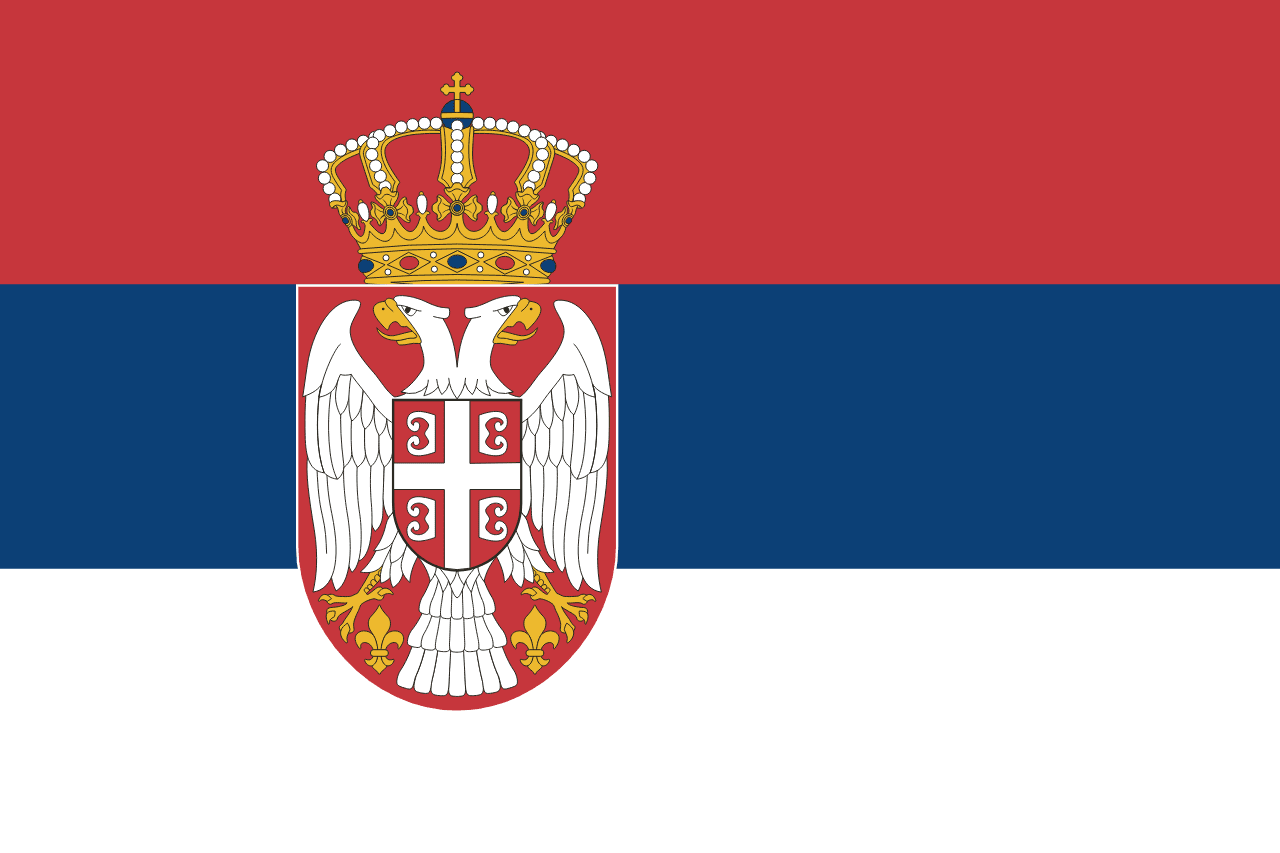
Symbolism
Red, Blue, White Stripes: Pan-Slavic colors, also interpreted as blood shed for freedom (red), sky and truth (blue), and purity and light (white).
Double-Headed Eagle: Represents the Byzantine heritage and the Serbian Orthodox Church.
Serbian Cross: Four stylized firesteels forming a cross, symbolizing the motto 'Only Unity Saves the Serbs.'
Royal Crown: Represents the monarchy and historical sovereignty of Serbia.
History
- 12th–14th Centuries: The medieval Serbian Kingdom and later Empire flourished under the Nemanjić dynasty.
- 1389: Battle of Kosovo marked Ottoman dominance, leading to centuries of foreign rule.
- 19th Century: National uprisings against Ottoman rule led to modern Serbian independence.
- 1918: Serbia became part of the Kingdom of Serbs, Croats, and Slovenes (later Yugoslavia).
- 1990s: Following the breakup of Yugoslavia, Serbia was central in regional conflicts and international sanctions.
- 2006: Serbia became an independent state after Montenegro voted to leave the State Union of Serbia and Montenegro.
Trivia
- Belgrade, the capital, is one of the oldest continuously inhabited cities in Europe.
- Serbia is landlocked, but the Danube River provides major trade and transport routes.
- The national flag is visually similar to Russia’s, but reversed in color order and distinguished by the coat of arms.
- Serbia is famous for medieval monasteries with frescoes considered world cultural treasures.
- The Serbian language uses both Cyrillic and Latin alphabets officially.
Related Countries
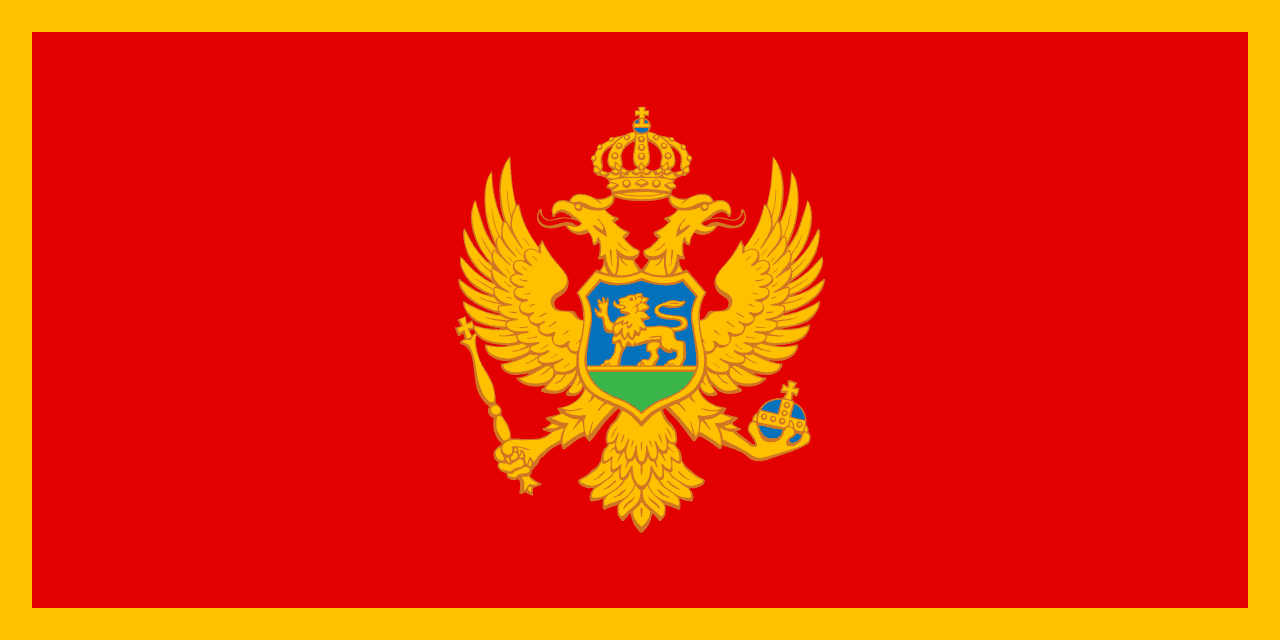
Montenegro
Europe
A red field with golden border and the coat of arms featuring a golden double-headed eagle, representing Montenegro's medieval heritage, Orthodox Christian identity, and recent independence from Serbia.
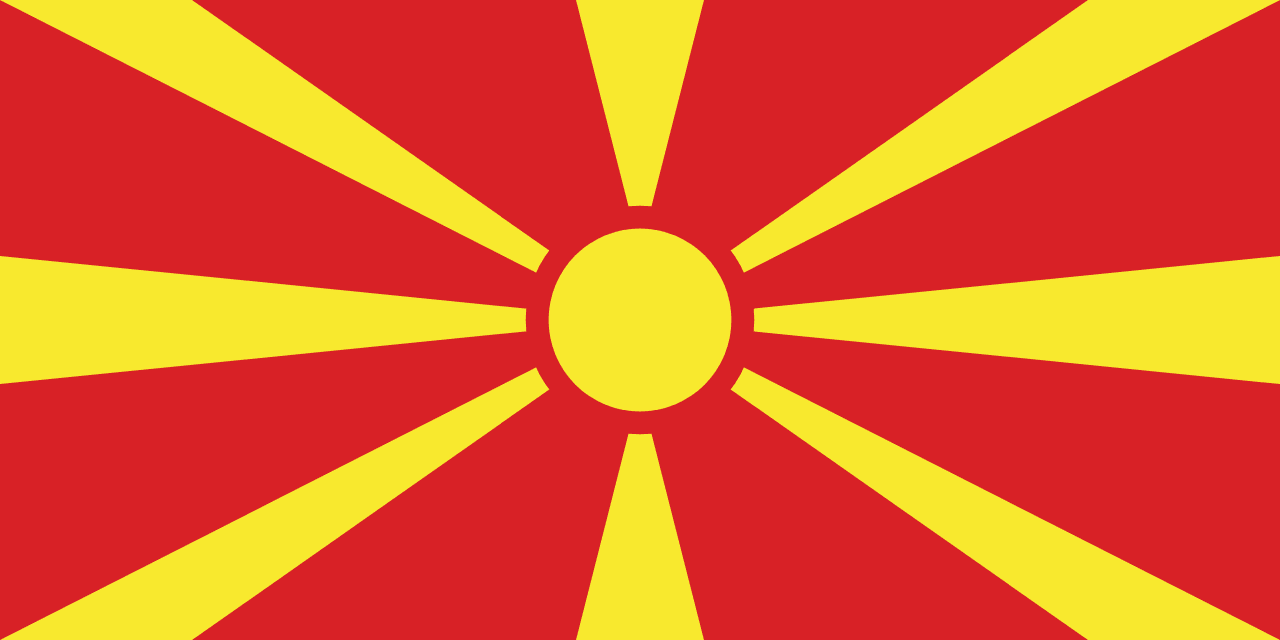
North Macedonia
Europe
A red field with a golden-yellow stylized sun with eight broad rays extending to the edges. Known as the 'Sun of Liberty,' it symbolizes freedom and the new nation’s identity.
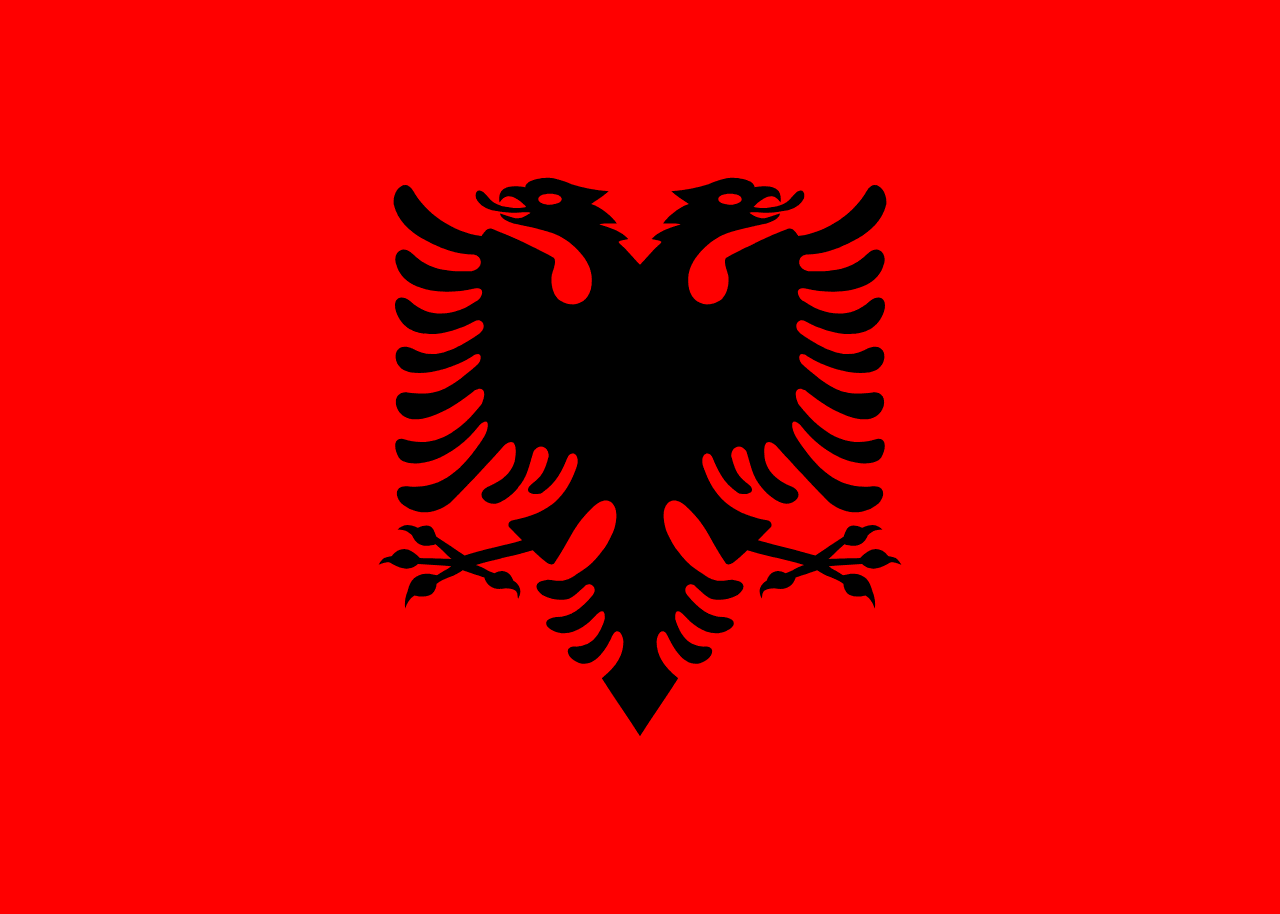
Albania
Europe
A red field with a black two-headed eagle, one of Europe's oldest heraldic symbols representing Albanian independence, strength, and the legacy of medieval hero Skanderbeg.

Hungary
Europe
Three horizontal stripes of red, white, and green representing strength, faithfulness, and hope, with colors rooted in medieval Hungarian heraldry and the struggle for independence from foreign rule.

Romania
Europe
A vertical tricolor of blue, yellow, and red, representing the unity of Romania’s historical regions. The design dates to the 19th century and was restored after the fall of communism in 1989.
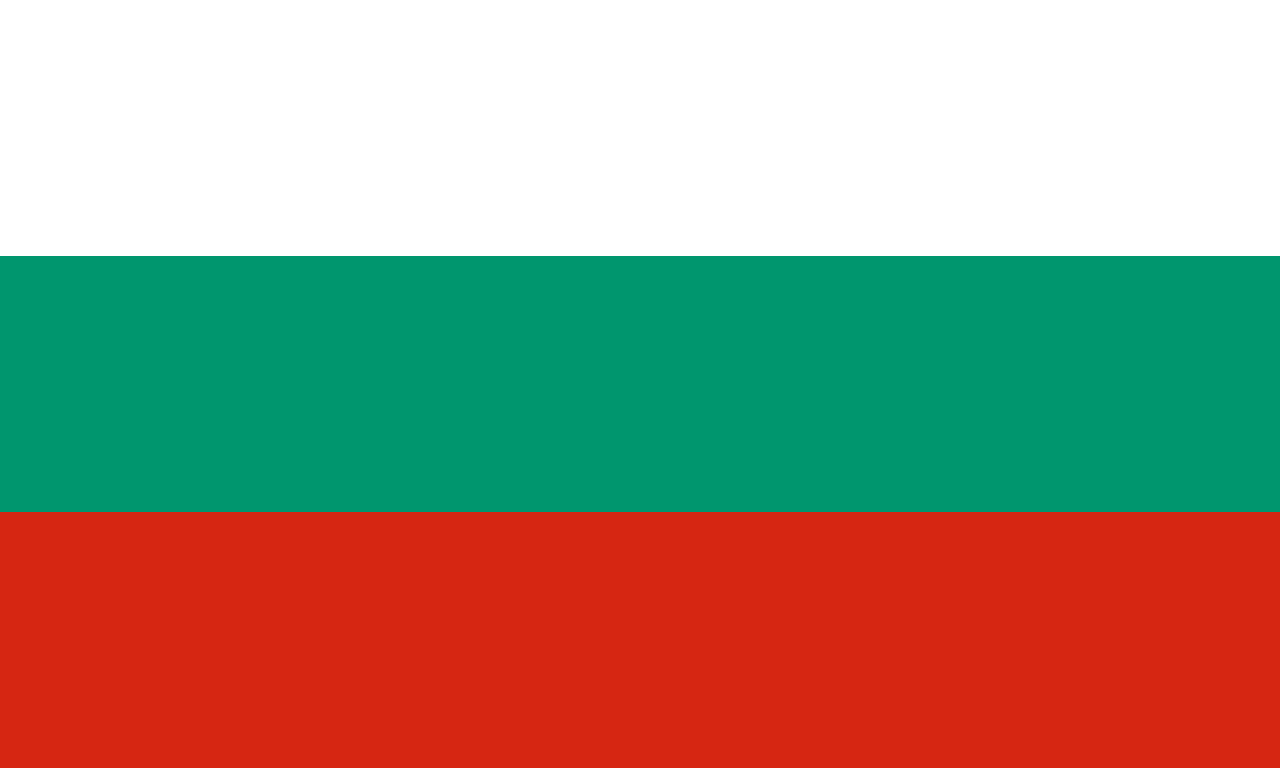
Bulgaria
Europe
Three horizontal stripes of white, green, and red representing peace and freedom, the agricultural wealth of the nation, and the courage and blood of Bulgarian patriots who fought for independence.